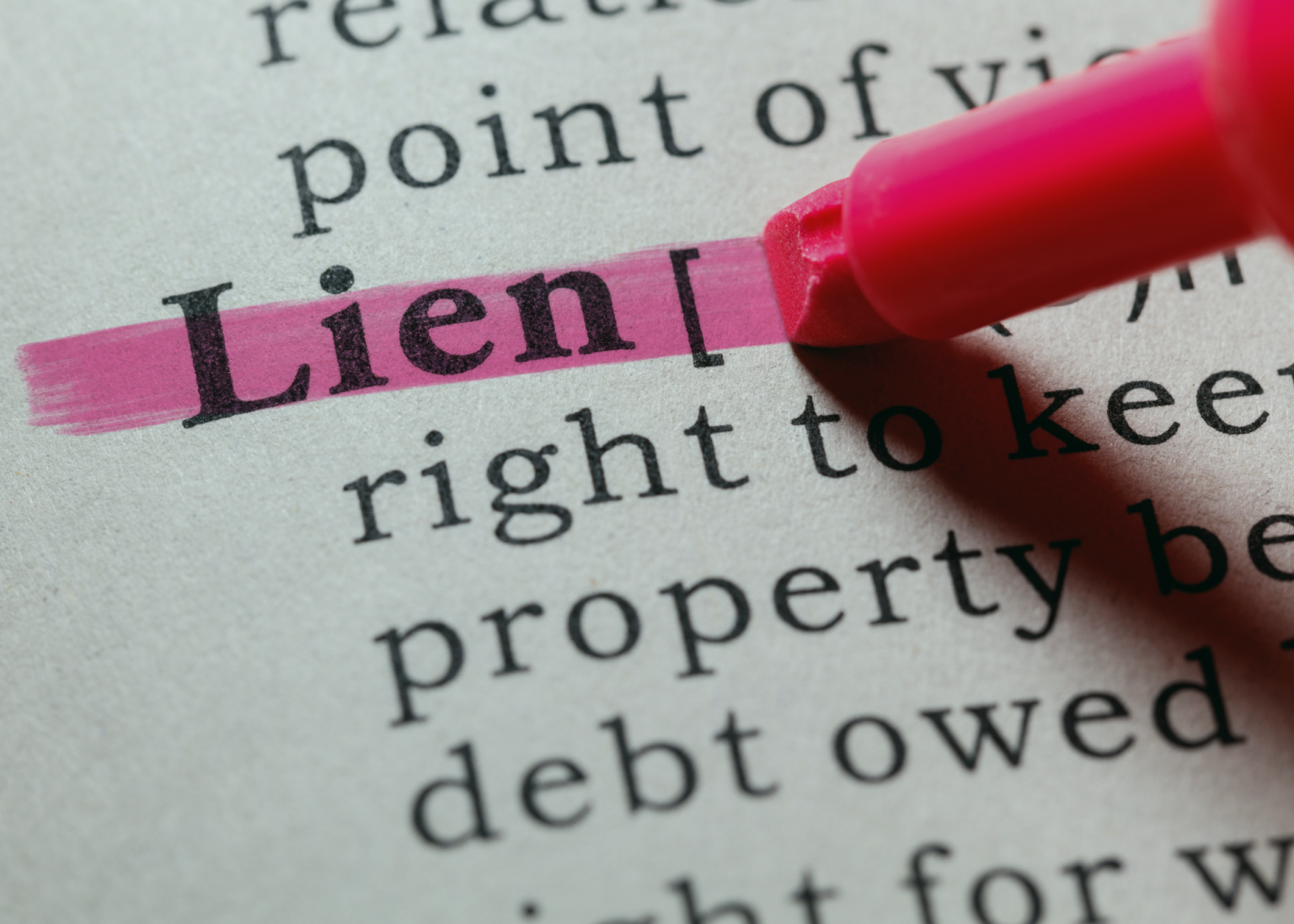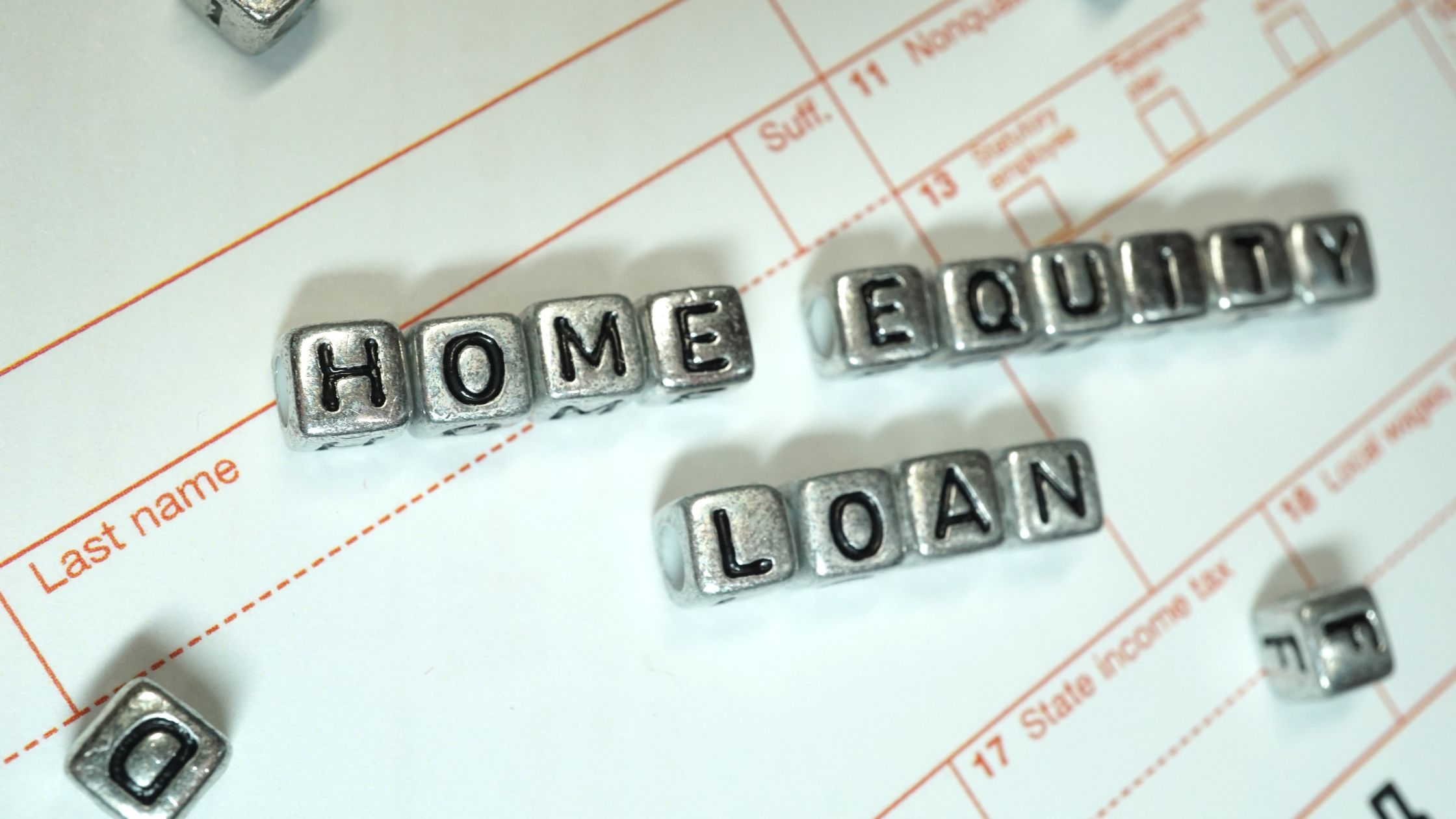Key Takeaways
-
First-lien loans offer lower rates because they carry less lender risk.
-
Second-lien loans provide flexible equity access but require stronger borrower qualifications.
-
Lien position affects refinancing, often requiring resubordination before a new mortgage closes.
-
Borrowers should evaluate long-term goals before reducing home equity through a second-lien loan.
When comparing a first-lien loan and a second-lien loan, it’s important to understand how lien position affects your interest rate, borrowing power, and refinancing options. Choosing between a first-lien loan, a second-lien loan, and a HELOC can shape your long-term financial strategy, so you need clear guidance before moving forward. This breakdown explains how each lien type works and helps you determine which option fits your goals.
What Is a First-Lien Loan?
A first-lien loan serves as the primary mortgage used to purchase a home. Because it sits in first position, the lender receives priority repayment if a borrower defaults. This stronger legal protection reduces risk for the lender, and borrowers benefit from:
- Lower interest rates
- More flexible qualification standards
- Higher maximum loan amounts
Lenders sometimes refer to first-lien loans as first-position loans or senior debt.
What Is a Second-Lien Loan?
A second-lien loan, often called a second mortgage, allows homeowners to access the equity they’ve built. These loans work alongside an existing first mortgage and may take one of two forms:
Because these loans sit behind the first mortgage, they carry more risk for the lender. As a result, second-lien loans typically include:
- Higher interest rates
- Stricter approval requirements
- Limits on how much equity can be borrowed
Most lenders cap the combined loan-to-value (CLTV) ratio at 80–85%.
Key Differences Between First-Lien and Second-Lien Loans
To see how the two compare, here’s a quick breakdown:
Lien Comparison Table
| Feature | First-Lien Loan | Second-Lien Loan |
| Position | Primary (senior debt) | Junior (secondary debt) |
| Risk to lender | Low | Higher |
| Interest rates | Lower | Higher |
| Approval standards | More flexible | More strict |
| Common use | Purchase financing | Equity access |
| CLTV limit | Up to full property value | Typically 80–85% combined |
Why Second-Lien Loans Have Higher Rates
Second-lien loans remain more expensive because the lender faces more uncertainty. Here’s why the rates climb:
Higher lender risk
If a foreclosure occurs, the second-lien lender gets paid only after the primary mortgage is satisfied. Recovery amounts can be low, creating added risk.
Limited secondary market
Unlike first mortgages, most home equity products are not sold to investors. Since lenders keep these loans on their books, they take on more long-term exposure.
Stronger borrower qualifications
Because of the added risk, lenders often require:
- Higher credit scores
- At least 20% available equity
- Lower debt-to-income ratios
- Consistent income and assets
In 2024, HELOC borrowers averaged a 771 FICO score, and home equity loan borrowers averaged 749.
What Is a First-Lien HELOC?
A first-lien HELOC replaces your traditional mortgage completely. Instead of carrying both a mortgage and a credit line, the HELOC becomes your primary home loan. This structure gives borrowers the ability to:
- Make interest-only or principal-reducing payments
- Borrow, repay, and reborrow funds as needed
- Access lower rates than second-lien HELOCs
A first-lien home equity loan works similarly when the property is owned free and clear.
How to Get a Second-Lien Loan
A second-lien loan uses the same overall review process as a mortgage. Lenders verify income, assets, credit, and debt obligations. They also order an appraisal to confirm available equity. Because these loans carry more risk, lenders often expect stronger credit profiles than for a first mortgage.
Underwriting steps usually include:
- Document review
- Credit analysis
- Home valuation
- Final approval and closing
Borrowers should expect limits based on their current first mortgage balance and the lender’s CLTV requirements.
Can a Second-Lien Lender Foreclose?
Yes. Even though second-lien loans are considered “junior,” the lender still has legal rights. If a borrower becomes seriously delinquent, the lender may:
- Initiate foreclosure
- Force a home sale
- Pursue remaining balances where state law allows
This can occur even if the first mortgage is current. Borrowers must understand that tapping home equity increases financial responsibility.
How a Second-Lien Loan Impacts Refinancing
A second-lien loan can complicate a future refinance. When you refinance your first mortgage, the existing second lien automatically moves into first position—something lenders refuse to allow. To complete a refinance, borrowers must either:
- Request resubordination from the second-lien lender
- Pay off the second-lien loan
- Refinance both loans together
If the second-lien lender denies resubordination, a refinance can stall or become impossible.
Is a Second-Lien Loan Right for You?
A second-lien loan works well for borrowers who want to fund home improvements, consolidate debt, or cover major expenses without touching their first mortgage. However, tapping home equity reduces your ownership stake and raises your financial risk. Before choosing this option, consider your long-term goals and your comfort with additional monthly payments.
FAQs About First and Second Lien Loans
No SSN required. Zero impact to credit. Your Information is never sold.



